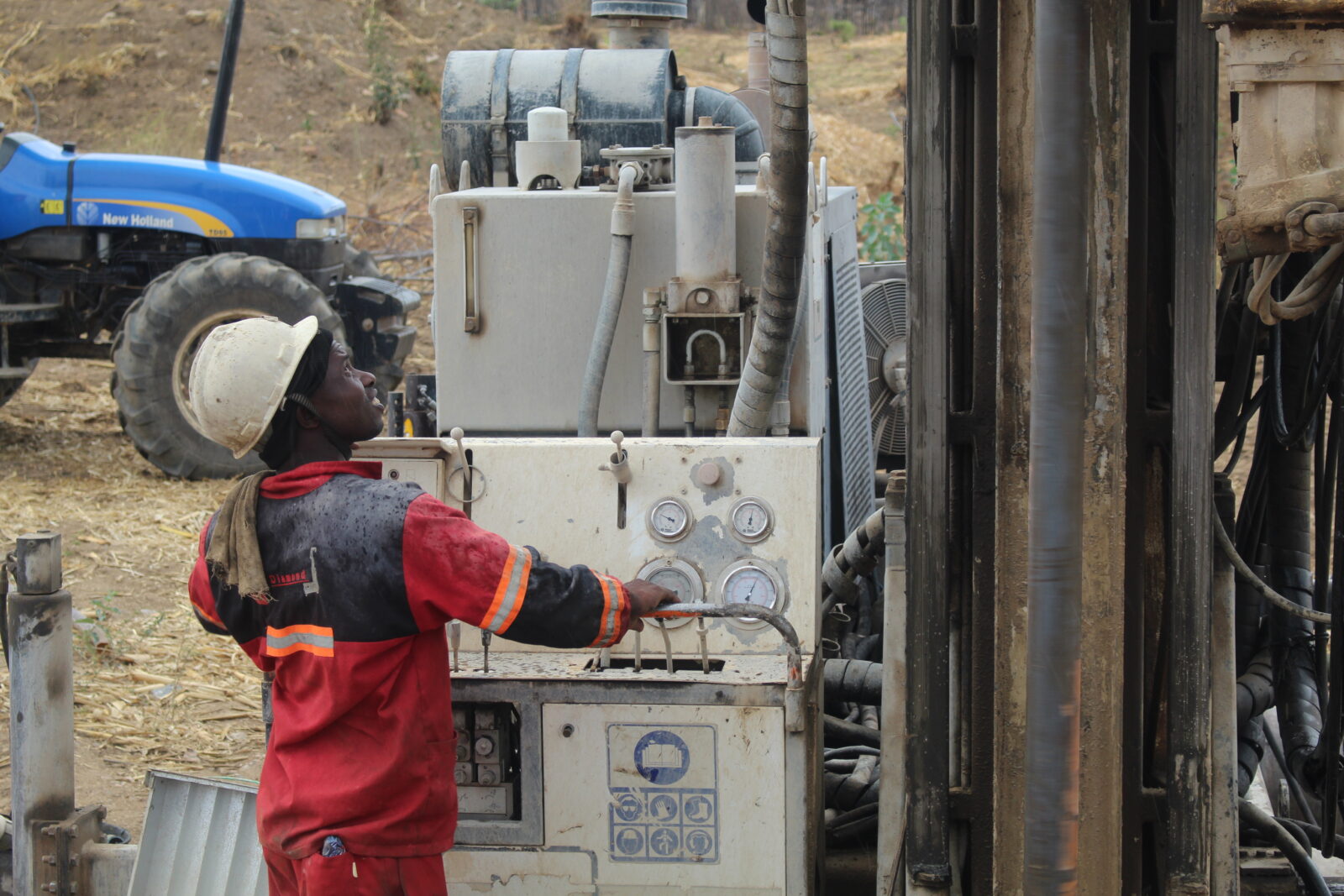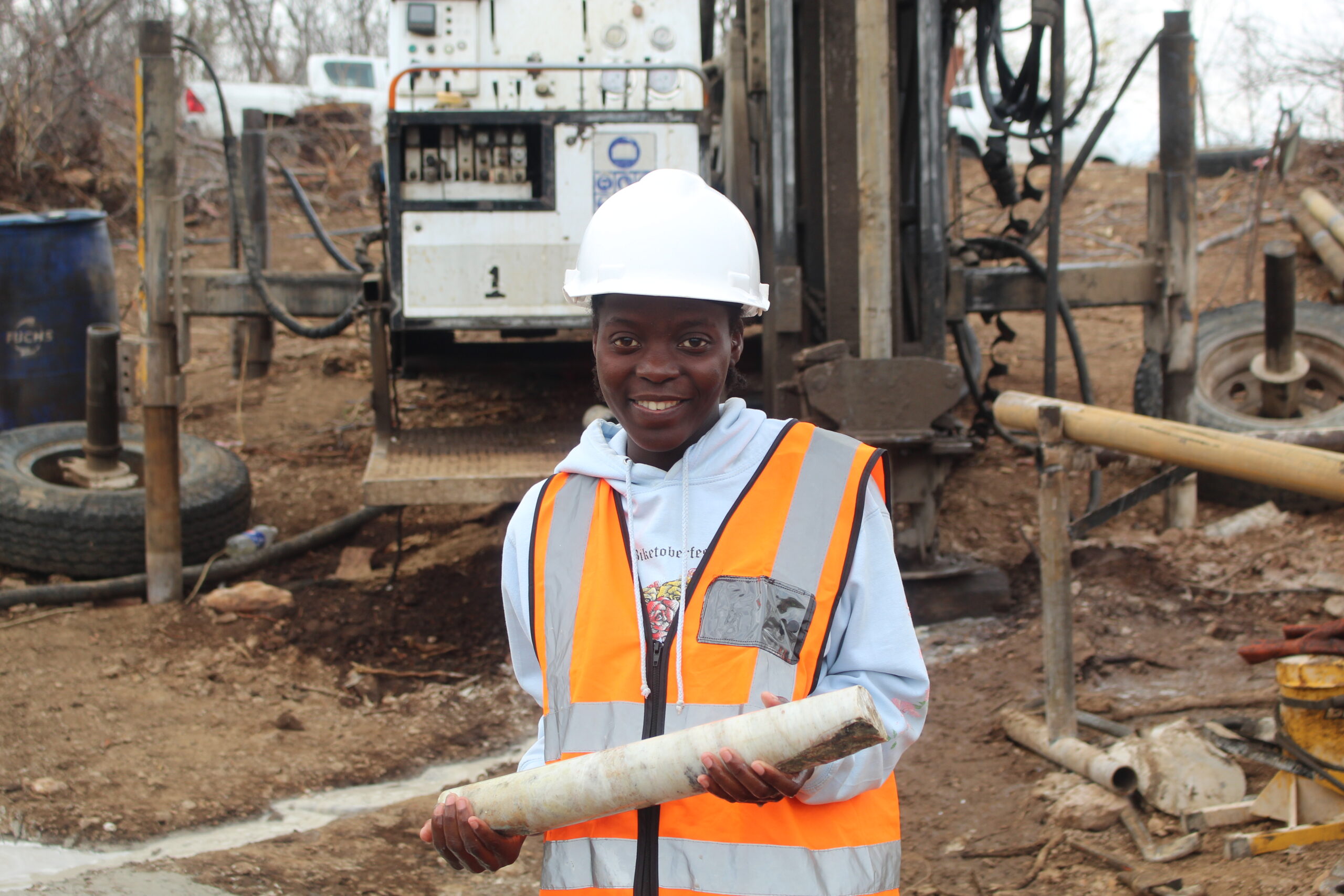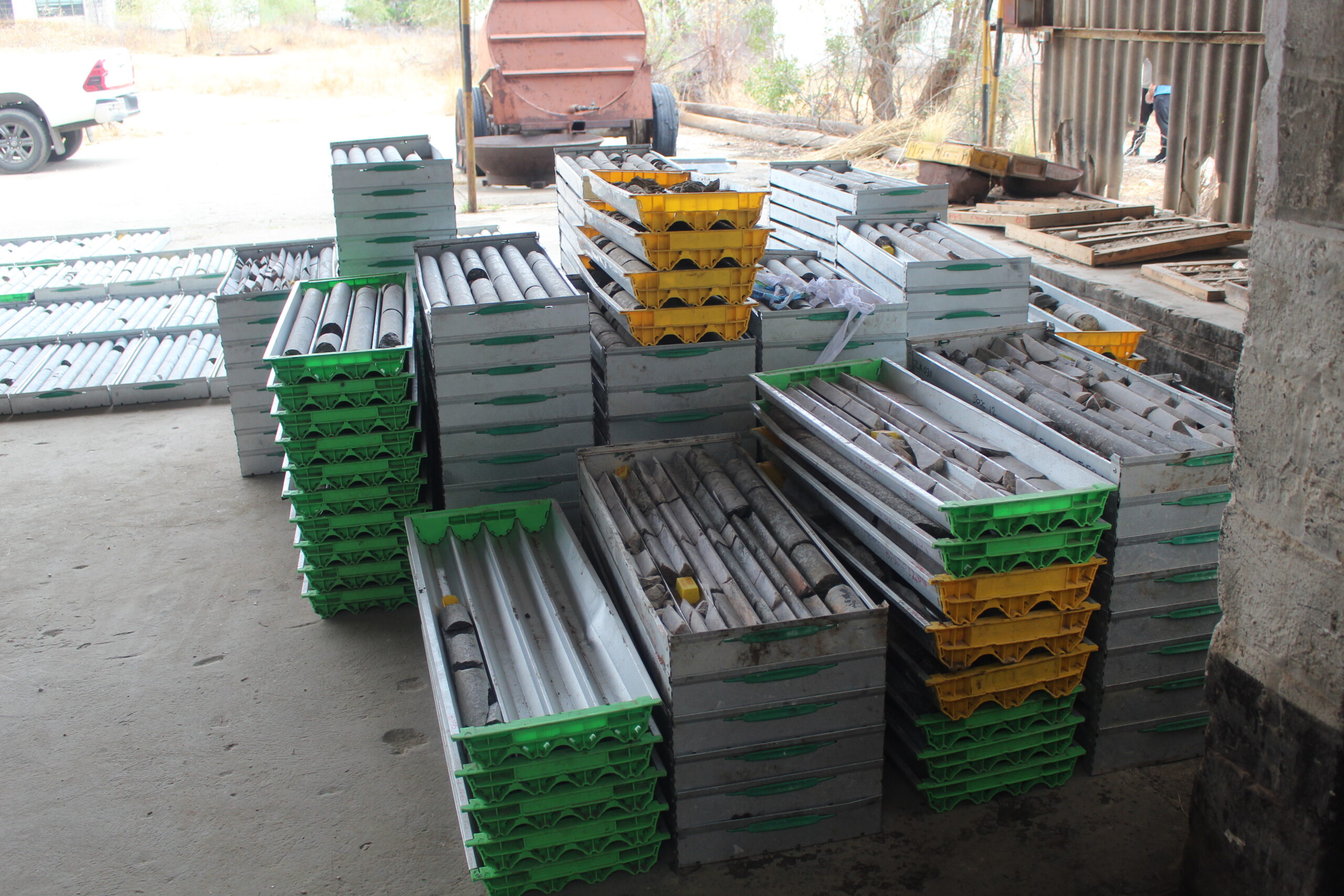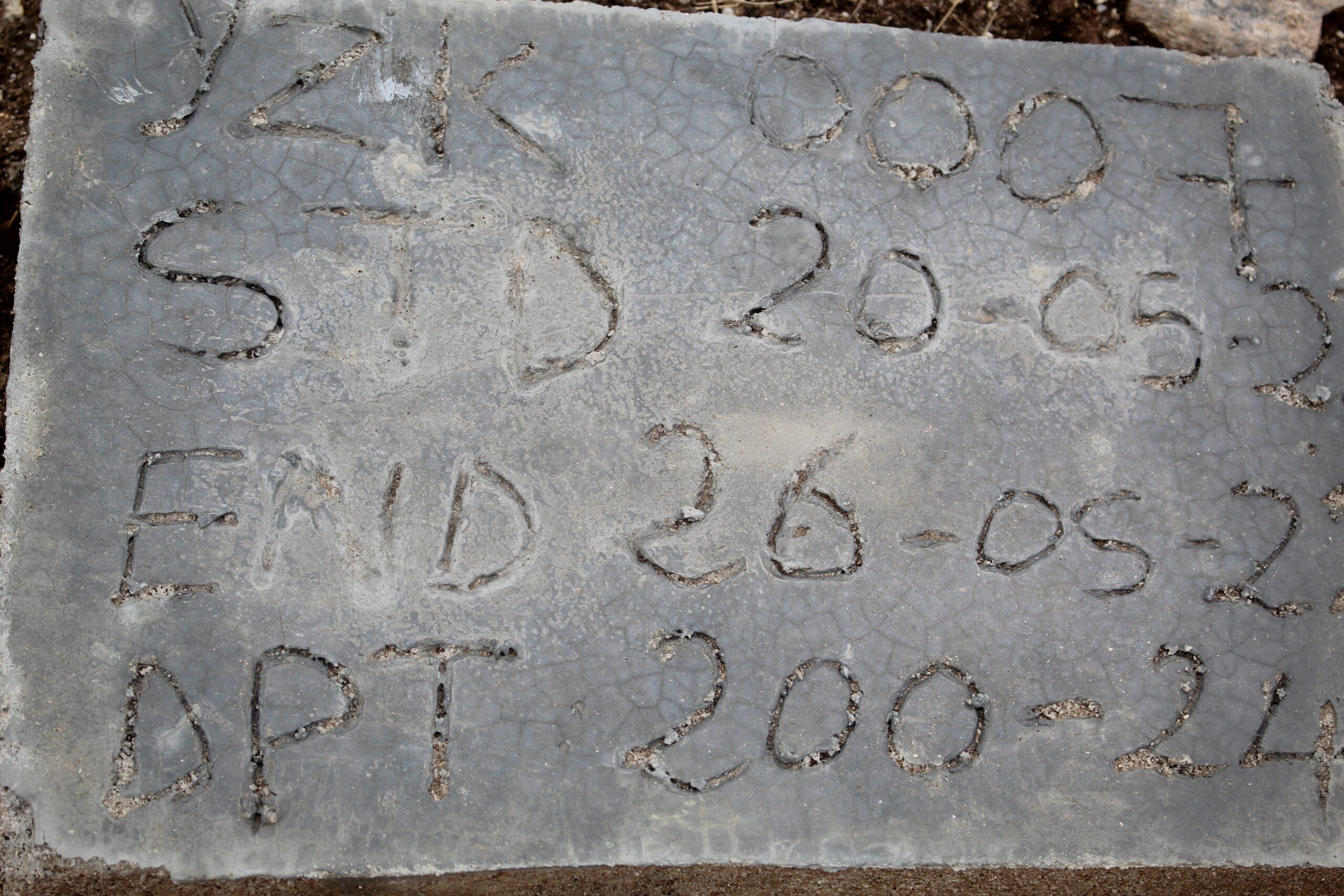Kamativi in massive exploration drive

Kamativi Mining Company (KMC) is rapidly spearheading its exploration drive to transform the former tin mine into one of the biggest spodumene and Petalite ore body in Zimbabwe.
Rudairo Mapuranga
Recently Mining Zimbabwe visited the mining site to assess the progress of the potentially biggest lithium-producing project in the country and witnessed 8 Diamond drill rigs drilling at different locations to delineate the potential deposit.
Drilling
The exploration drilling at Kamativi Lithium Project is core drilling where samples of up to 300 m are being packaged for transportation to be tested. According to the site geologist at the KMC Miss Rutendo Chiota from the Midlands State University (MSU), some of the results have been submitted to the world-renowned geological group (Joint Ore Reserves Committee) JORC and KMC is currently awaiting a preliminary report.
According to Miss Chiota, the pegmatite ore body according to current results is going down to 250m down or more while the belt seems to be stretching for kilometres beyond the mining lease.

The Drilling process penetrates deep into the ground and brings up samples of whatever is found are collected. If there is any mineralization at given points far beneath the surface, drilling can give a definitive answer by identifying available minerals, their quantities and location.
Between September 2021 and March 2022, Phase-one drilling commenced with 38 holes being drilled to the depth of 2140m . Phase-one drilling focuses on open-cast areas with shallow holes for Open Cast Mining.
Between April 2022 – June 2022, Phase-two drilling commenced and KMC managed to drill 28 holes of 5000m. The drilling was for underground mining and Mineral Processing research is still underway.
Phase-two detailed drilling of 100 holes of around 15000m is being carried out with detailed exploration for underground mining and resource report and feasibility study to be expected after drilling is completed.
To date, 4900m have been drilled from late September 2022 using the 8 rigs on site. Exploration is going to be upscaled by an additional 4 rigs which are expected to be on-site by early November 2022 (bringing the total number of rigs on-site to more than 12 rigs) in mid-November. The work will lead to locating the first mining area, designing for mining and carrying out mining activities.
“It is important to point out that we are using the Core drilling method. The core is an intact sample of the underground geology, which can be examined thoroughly by the geologist to determine the exact nature of the rock and any mineralization. To quantify the mineralization, and to define the shape, size and metal content of the deposit, a step-by-step procedure in exploration activities is required. At every step of this procedure, the geologists examine the information at hand, to recommend continuing the exploration efforts or not.
The objective is to be fairly certain that the deposit is economically viable by providing detailed knowledge of geology for a clear financial picture. Ore is an economic concept, defined as a concentration of minerals, which can be economically exploited and turned into a saleable product,” Executive Deputy General Manager Mr Jack Ye said.
Core drilling is also used to define the size and the exact boundaries of mineralization. This is important for determining ore grades being handled and vital for calculating the mineral reserves that will keep the mine running in the future. A strategically placed underground core drilling operation may also intersect new ore bodies in the neighbourhood.
The type of lithium dominant at KMC
According to Chiota, preliminary sample results have shown encouraging results for the mine hosting high-grade lithium spodumene, petalite with the mine having the potential to become one of the biggest lithium producers in Africa.
Spodumene is an essential supply of lithium to be used in ceramics, cell phones and car batteries, medicine, Pyroceram and as a fluent substance.
With the rise and popularity of Electric Vehicles (EVs) spodumene has become the most important commodity in the world with nearly all battery producers looking for mines that can supply them uninterruptedly spodumene for the future of the transport sector.
With Zimbabwe aiming to achieve a US$12 billion mining industry with the lithium industry expected to produce an annual revenue of US$0.5 billion annual revenue, KMC will have the potential to become one of the country’s biggest revenue generators.




